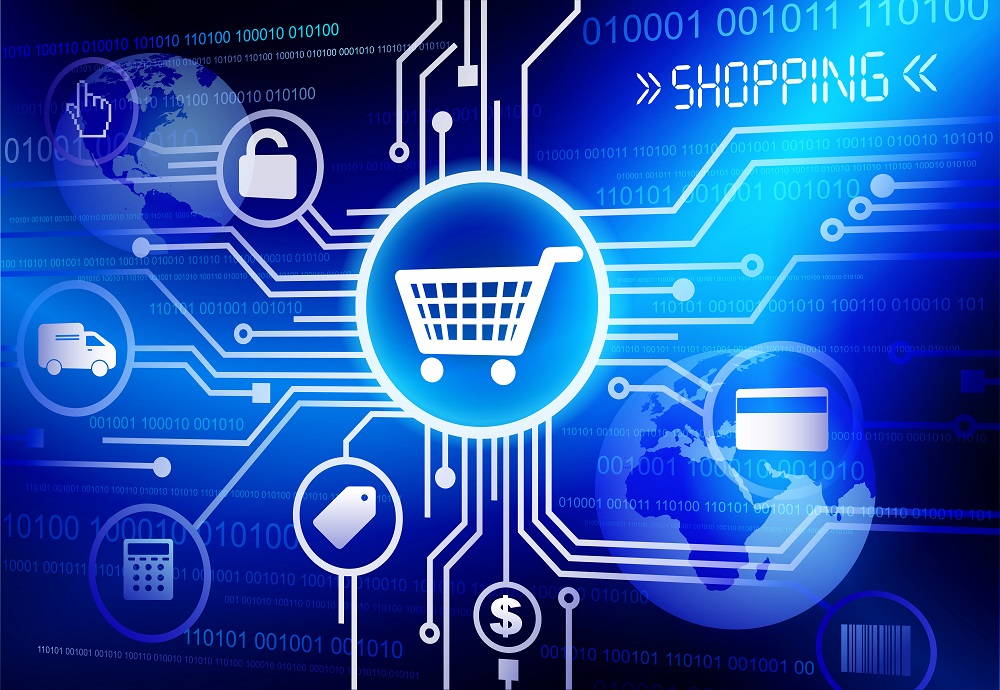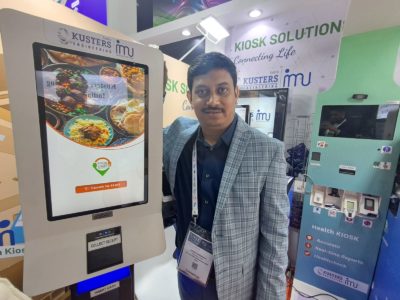Quick commerce, or the delivery of goods within a few minutes of online purchase, is shaping the future of Indian e-commerce. It is cultivating consumer preference, building a new market within the internet-savvy Gen Z population, and massively increasing the e-commerce segment.
Reports state that in 2025 the quick commerce sector in India will grow to be worth $5 bn and within the next five years, it will double in value to hit the $10 bn mark. While there is a huge amount of potential in the market, it is controlled by a few key players. Swiggy’s Instamart and Blinkit (now acquired by Zomato) are the top two players, and other prominent names include Zepto, BigBasket, etc.
But, there is more to this growing trend of quick commerce. It’s not just about vegetables and household items getting delivered in 10-20 minutes. There are both new and established brands that are innovating to enter the quick commerce sector and grow it even further.
Quick Commerce Beyond Groceries
Zepto was the first brand to include an array of non-grocery items to their app. Consumers can now order anything from a table lamp to headphones via Zepto, and have it delivered in less than half an hour. While quick commerce was largely owned by Swiggy and Blinkit, Zepto was able to carve out a niche for themselves by providing a larger array of items.
Flipkart-owned Myntra are now trying to embed the quick commerce model to the fashion segment. They are currently the biggest fashion e-commerce platform in the country, and in select cities, they have begun delivering items within four hours from order placement. Prior to this, Myntra had an express delivery service which ensured next-day delivery. But now they are tapping into the gig workers’ ecosystem to try and make quick commerce fashion a reality.
While fashion is indeed a difficult segment to fit into the quick commerce model, which is probably why Myntra’s biggest rival Amazon has stayed away from it, the brand is confident that it can be achieved. Zepto had already started selling smaller clothing items such as undergarments and socks on their website. So, this seems like the ideal next step.
But will this model be a sustainable one is yet to be seen.
The on-demand Economy is Growing
Ever since the concept of dark stores came into being, the idea of online purchasing has transformed quite a bit. And this is quite unique to the global south, as the changing customer preferences are more visible in countries such as India and many South-East Asian countries.
There are still many complexities to navigate ranging from last-mile delivery to profitability. Still, with the market experiencing enormous growth, brands such as Zepto and Myntra are hard at work to innovate and find the right path forward.













